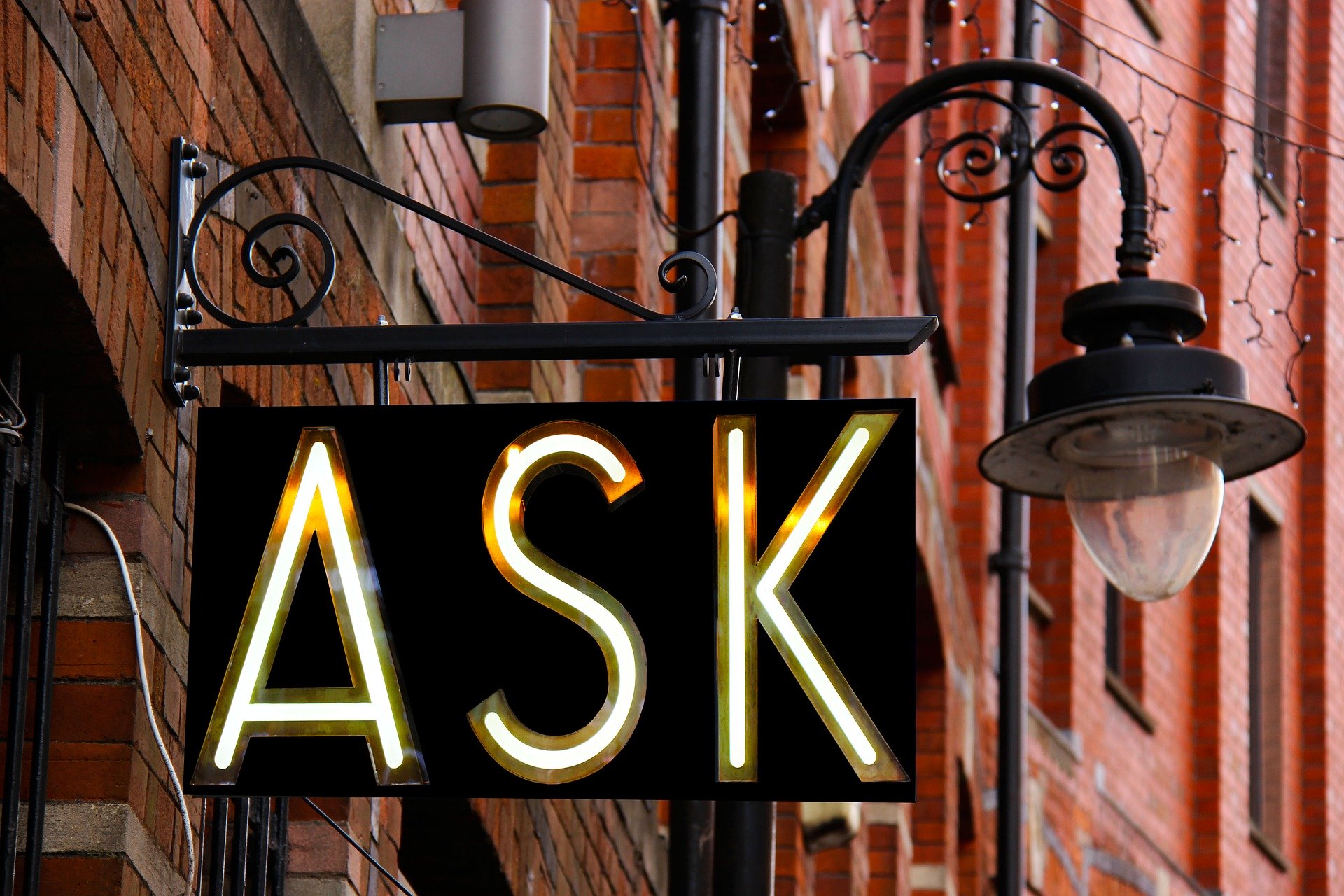A recent study has revealed the 'most dreaded' and unusual questions buyers have asked about a property before putting in an offer.

With a small minority asking whether the pets come included in the sale, it’s fair to say that not all of the responses are winners.
However, the report by Hillarys has shed light on just how many Brits lack proper preparation during the home buying process.
Up to two-thirds will not plan their questions ahead of a house viewing, meaning they are not getting the full value out of the experience, as well as potentially wasting an opportunity to find out all of the property’s pros and cons earlier on.
The most dreaded questions from buyers:
|
Has it dropped in value? |
54% |
|
What local plans could affect us? |
42% |
|
What’s the lowest price we could get it for? |
33% |
|
Is the seller in a chain? |
21% |
To help you make the most of your viewings the next time you decide to buy or sell, we thought we'd share practical suggestions for you to consider.
What are some of the more serious questions you should be asking?
Whether you're instructing an agent or viewing a property, how prepared you are will determine how quickly you're able to move.
Are you asking these key questions:
Exactly what is included in the sale? Whilst it's safe to assume most sellers will want to keep their pets, it's important to outline what content might be included, such as fixtures, fittings and garden furniture.
How long has it been on the market and how many offers have they received so far?
When are the sellers looking to move out? Knowing whether they've already found another home or they're still in the midst of looking will help you to determine how long the process may take and how much room for uncertainty there is.
Have there been recent renovations or any difficulties with boilers, drains and guttering?
How did the agent decide on an asking price? Good agents will be able to provide justifications for the value of a property, so you'll know whether it's listed at the right amount or if it's overpriced.
What to ask when selling:
How will you market my property? Are they regularly contacting a database of suitable applicants to give you greater market exposure, or does their strategy start and end with a basic Rightmove listing?
What are your success metrics and how do they compare to other agents? In other words, what's their experience selling a home like yours at a price like yours?
How much will you charge? Choosing the agent who offers the lowest fees won't guarantee you reach asking price and you may lose time and money on the market, be savvy when you instruct representation for your property investments.
What are the contract terms? Before beginning any contractual relationship, know exactly what it is you should expect from them.
If you're thinking of selling and want to find out the value of your home, contact us.

